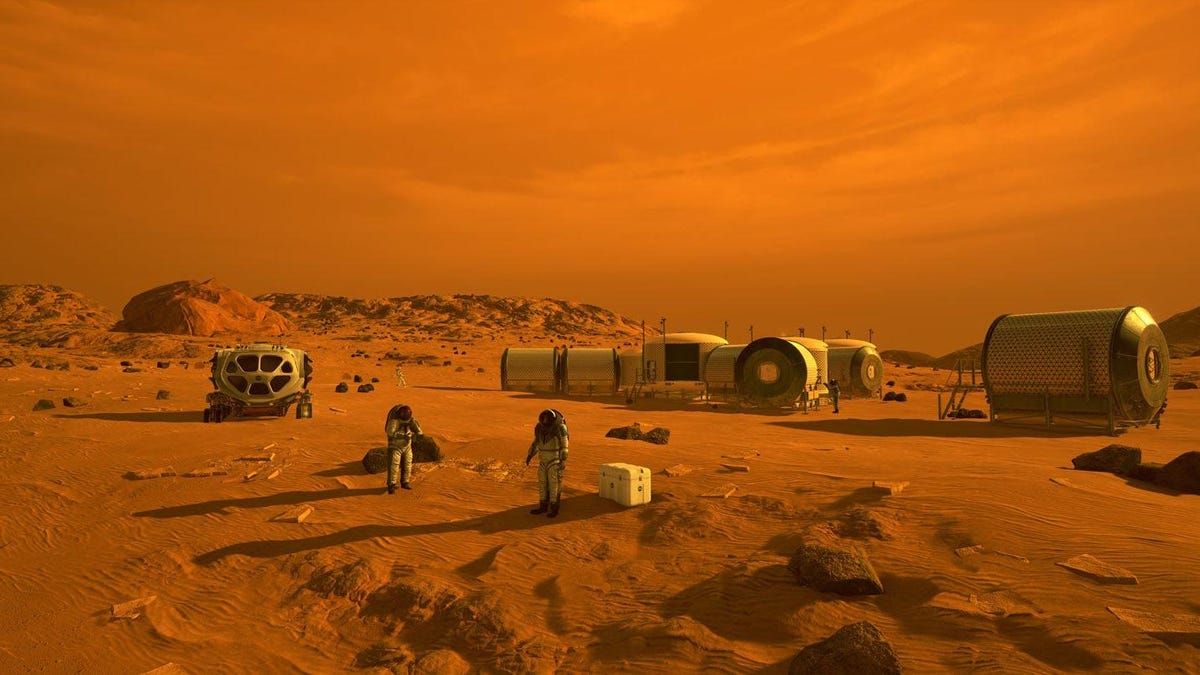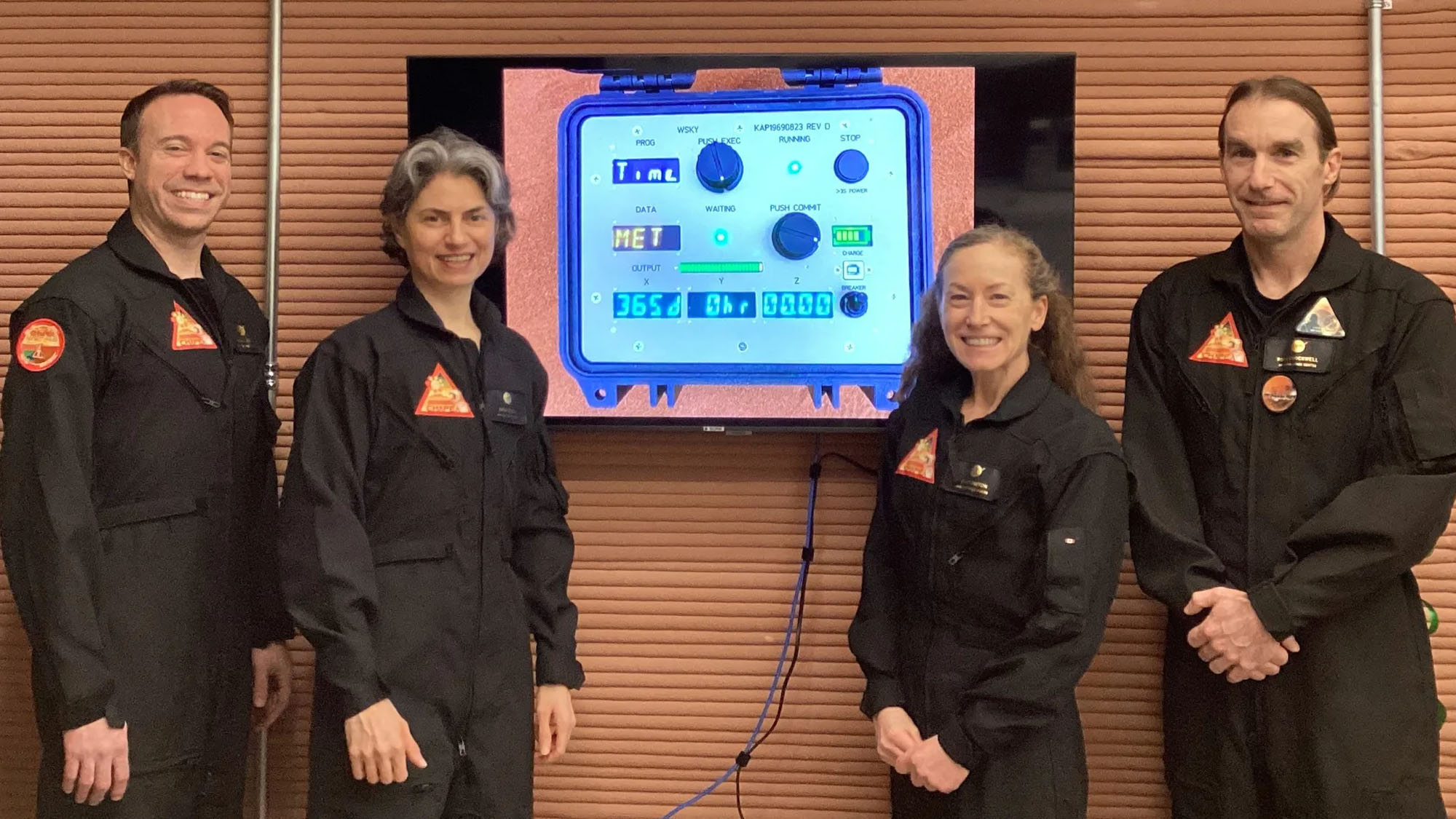Get the latest tech news
Is Mars Habitable? (1907)
Materials on and by the English naturalist and social critic Alfred Russel Wallace (1823-1913), including bibliographies, lists, commentaries, a biography, and the full-text of hundreds of his writings.
It has thus happened, that, although as telescopic objects of interest and beauty, the marvellous rings of Saturn, the belts and ever-changing aspects of the satellites of Jupiter, and the moon-like phases of Venus, together with its extreme brilliancy, still remain unsurpassed, yet the greater amount of details of these features when examined with the powerful instruments of the nineteenth century have neither added much to our knowledge of the planets themselves or led to any sensational theories calculated to attract the popular imagination. Thenceforward, as the moon increased its distance and reduced its time of rotation, in the way explained by Sir Robert Ball, there would necessarily commence a process of escape of the imprisoned gases at every fissure and at all points and lines of weakness, giving rise to numerous volcanic outlets, which, being subjected only to the small force of lunar gravity (only one-sixth that of the earth), would, in the course of ages, pile up those gigantic cones and ridges which form its great characteristic. Yet with all these adverse conditions, each assisting the other to produce a climate approximating to that which the earth would have if it had no atmosphere (but retaining our superiority over Mars in receiving double the amount of sun-heat), we are asked to accept a mean temperature for the more distant planet almost exactly the same as that of mild and [[p. 75]] equable southern England, and a disappearance of the vast snowfields of its polar regions as rapid and complete as what occurs with us!
Or read this on Hacker News

